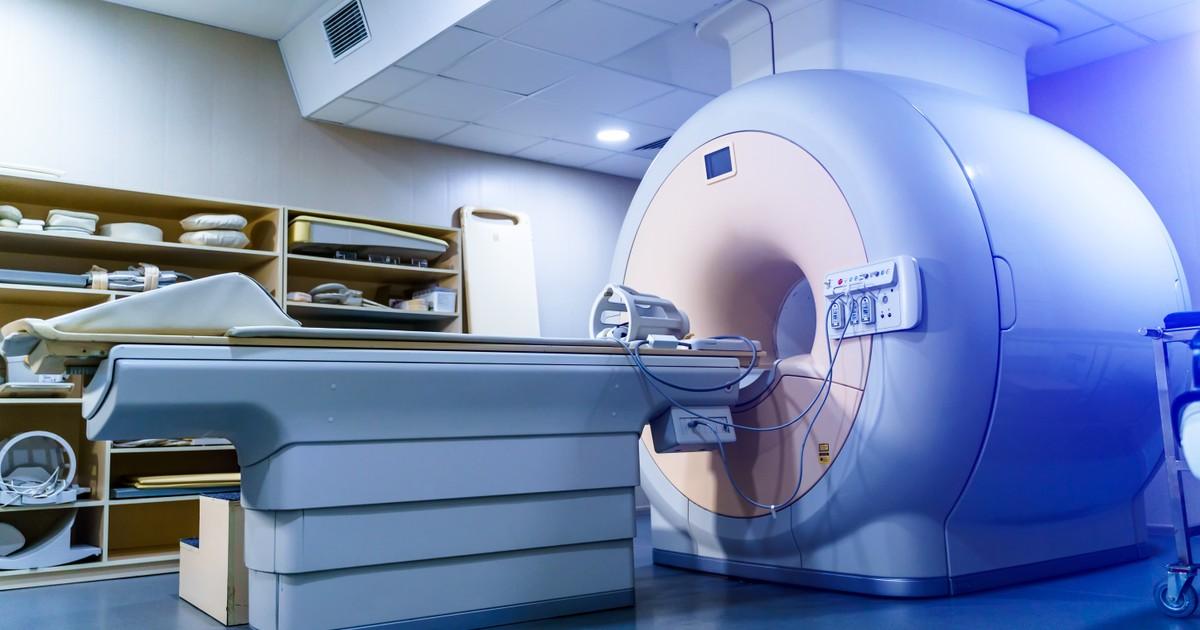Diagnostic Imaging Services: Advancements in Diagnostic Imaging Revolutionizing Healthcare

Diagnostic imaging is playing an increasingly important role in modern healthcare. New technologies are allowing doctors to see inside the human body like never before, leading to earlier and more accurate diagnoses. Here's a look at some of the latest developments in this fascinating field.
Overview of Diagnostic Imaging Services
Diagnostic imaging includes a variety of modalities used to visualize the internal structures and functions of the body. Some of the most common types of diagnostic imaging tests include:
X-rays - One of the earliest and most widely used forms of Diagnostic Imaging Services. X-rays pass through soft tissue and organs to produce detailed images of bones and some soft tissues.
Ultrasound - High-frequency sound waves are used to create images of soft tissues and organs. Ultrasound allows real-time monitoring and is especially useful during pregnancy.
Computed Tomography (CT) Scans - Also known as CAT scans, these scans combine multiple X-ray images to produce detailed cross-sectional views of the body. CT scans can detect abnormalities that may not be visible on regular X-rays.
Magnetic Resonance Imaging (MRI) - MRI uses powerful magnets and radio waves to produce very detailed images of soft tissues throughout the body. MRI is often used to image the brain, spine, joints and soft tissues.
Positron Emission Tomography (PET) Scans - This nuclear imaging technique uses radioactive tracers to visualize biochemical activities inside the body. PET scans are frequently used along with CT or MRI in cancer detection and diagnosis.
New Technologies Improving Diagnosis
Diagnostic imaging continues to advance at a rapid pace as newer technologies become available. Here are a few exciting developments:
- Artificial Intelligence (AI) is being incorporated into imaging analysis through machine learning. AI can help radiologists detect subtle patterns indicating disease that the human eye may miss. This could lead to earlier cancer detection and other benefits.
- Digital breast tomosynthesis, also known as 3D mammography, is an evolving technology that may improve detection of breast cancers compared to conventional digital mammograms. 3D mammography can better distinguish overlapping tissues.
- Quantitative ultrasound techniques allow precise measurements of tissue characteristics like stiffness. This adds quantitative data that may help diagnose conditions like fatty liver disease.
- MRI is becoming more accessible with open and compact systems. New coils and scanning methods have cut scan times, improving patient comfort and workflow. Portable MRI and mobile units are also expanding access to imaging.
The Impact of Increased Access to Diagnostic Imaging
As technologies advance and costs decline, diagnostic imaging is becoming more widely available to larger patient populations. This increased access to testing is having meaningful impacts:
- Earlier disease detection - Catching diseases like cancer at earlier, more treatable stages saves lives and healthcare dollars. Screening technologies like mammograms have dramatically reduced breast cancer mortality.
- Personalized medicine - Detailed images provide information about disease severity and extent. This guides more customized treatment options from surgery to minimally invasive procedures or chemotherapy regimens.
- Fewer unnecessary procedures - Advanced imaging frequently replaces more invasive testing. Precise images can determine if a biopsy or surgery is truly needed, avoiding unwarranted risks and costs from extra procedures.
- Improved outcomes - Being able to see inside the body with clarity empowers physicians and patients to make well-informed decisions. Evidence links diagnostic imaging to reduced hospitalization time, fewer treatment failures and readmissions.
- Telehealth expansion - Mobile and compact imaging devices can extend diagnostic capabilities into rural areas via telemedicine networks. This improves access in underserved communities.
The Future of Diagnostic Imaging Services Looks Bright
As technology evolves at a blistering pace, diagnostic imaging will continue revolutionizing healthcare by providing clearer and more information-rich views inside the human body. Exciting areas of ongoing research include:
- Molecular imaging tracking cellular behaviors and biochemical pathways related to diseases. This may allow diagnoses even earlier than current technologies.
- Nanoparticle-enhanced imaging using engineered contrast agents just nanometers in size. These can target specific tissues for improved visualization.
- Fusion imaging combining the strengths of multiple modalities. Hybrid PET/CT is common now, and MRI/PET may provide highly detailed metabolic and anatomical views.
- Portable and wearable imaging expanding access even further. Implantable bioelectronic medicines may one day provide continuous monitoring abilities.
In Summary, by advancing early detection capabilities, guiding treatment decisions, expanding access, and improving outcomes, diagnostic imaging holds great promise to transform healthcare delivery and quality around the world for many years to come. Its innovative technologies serve as a clear reminder of recent medical progress and inspiration for even better care in the future.
Get More Insights On This Topic: Diagnostic Imaging Services
- Art
- Causes
- Crafts
- Dance
- Drinks
- Film
- Fitness
- Food
- Spellen
- Gardening
- Health
- Home
- Literature
- Music
- Networking
- Other
- Party
- Religion
- Shopping
- Sports
- Theater
- Wellness
- IT, Cloud, Software and Technology


